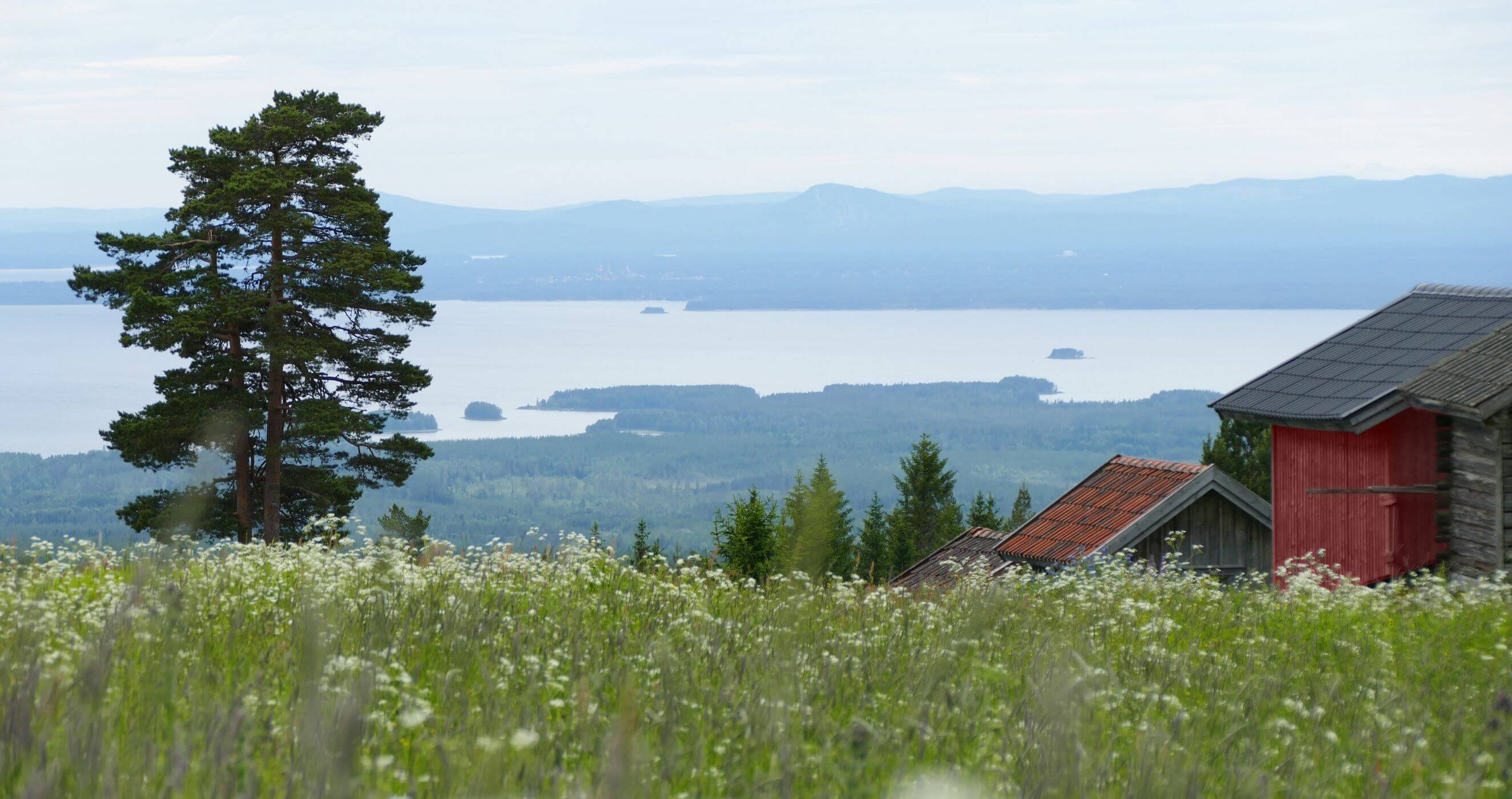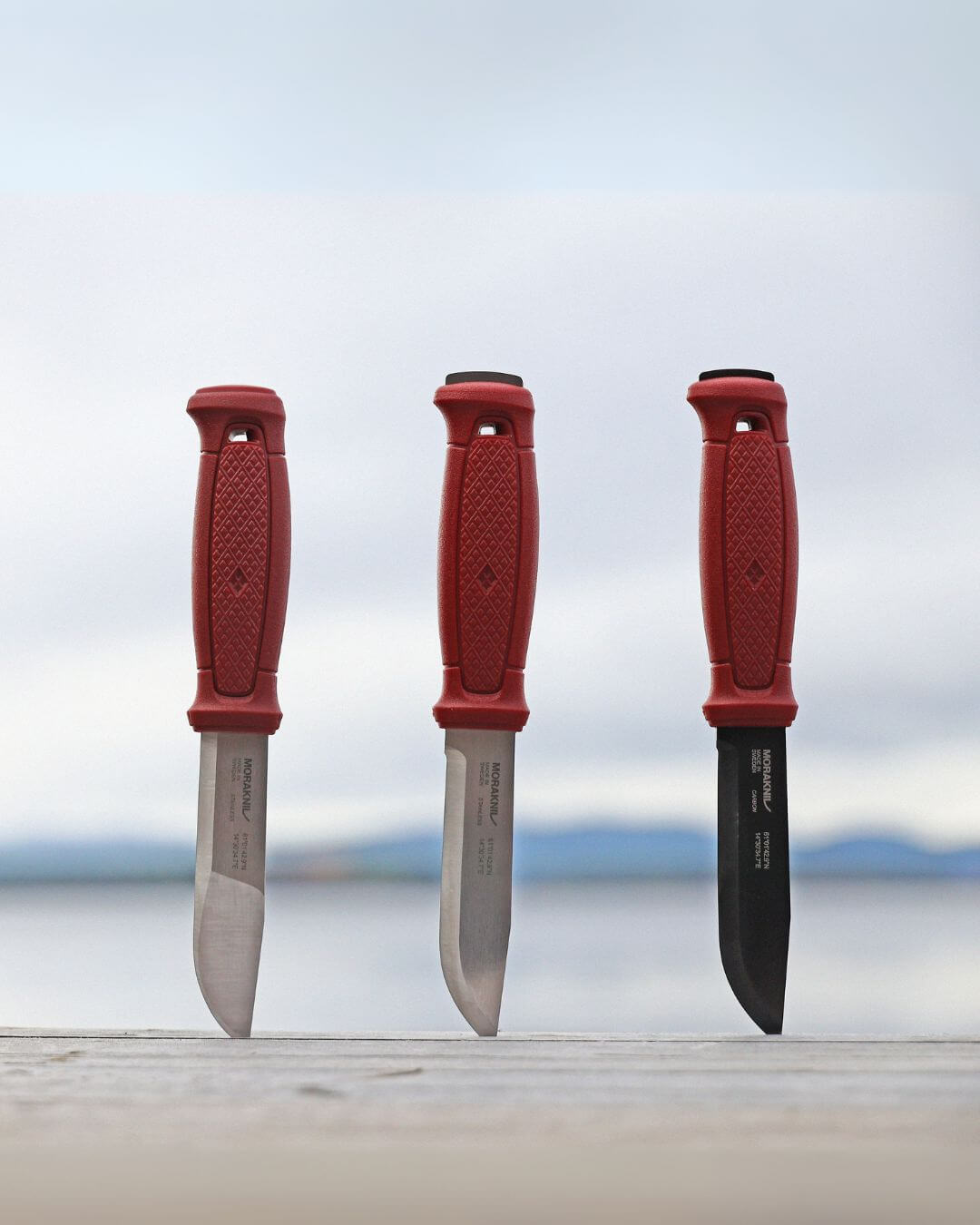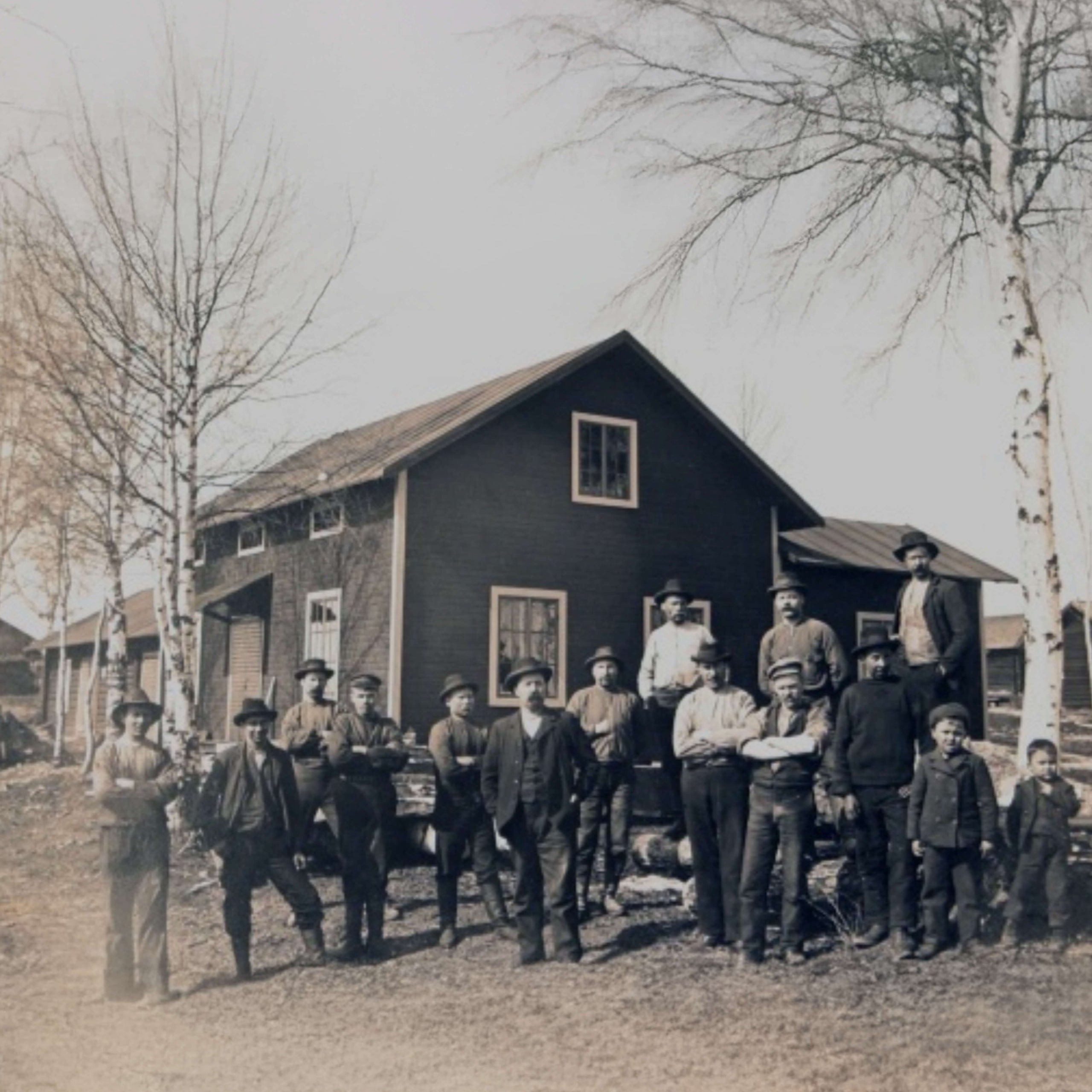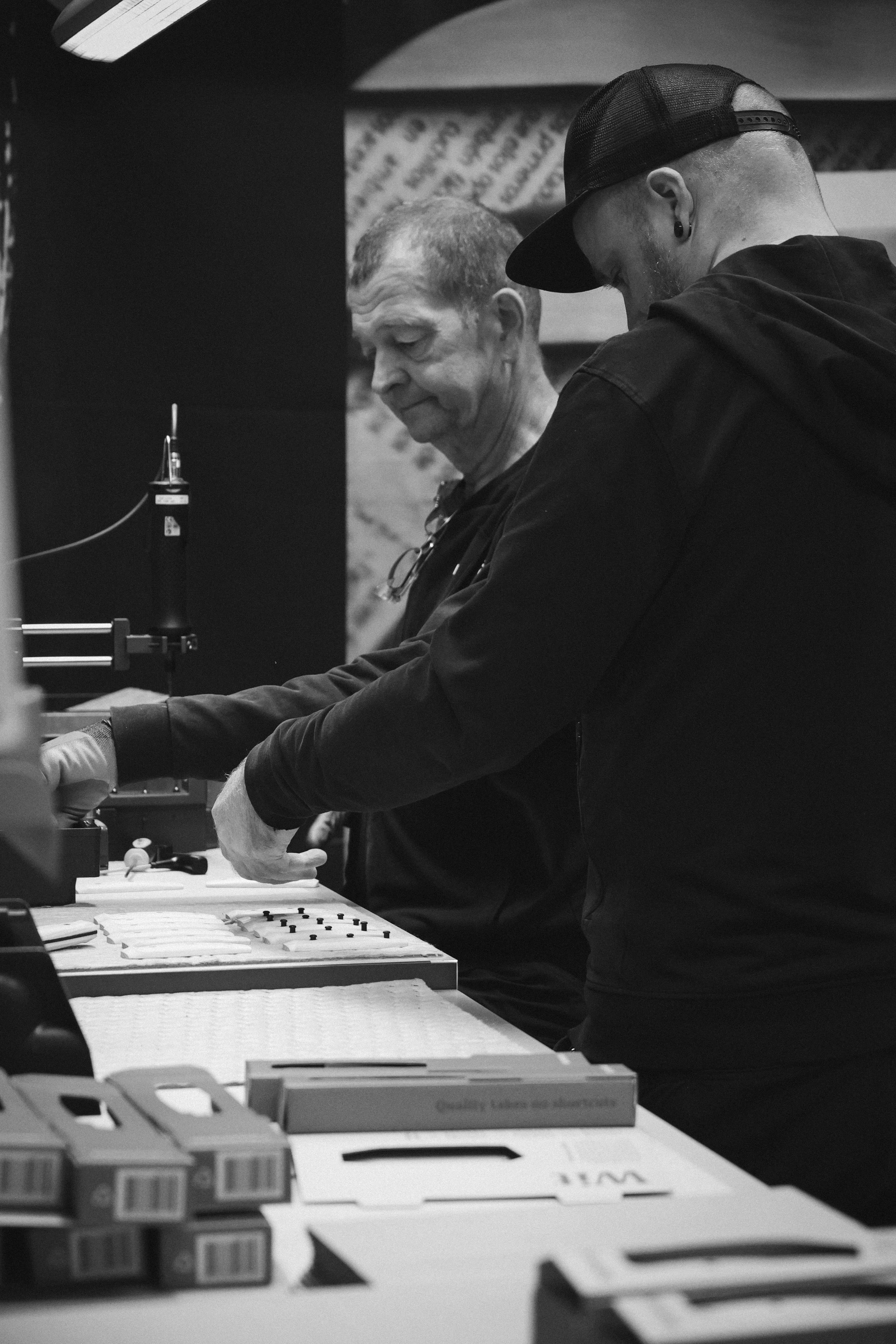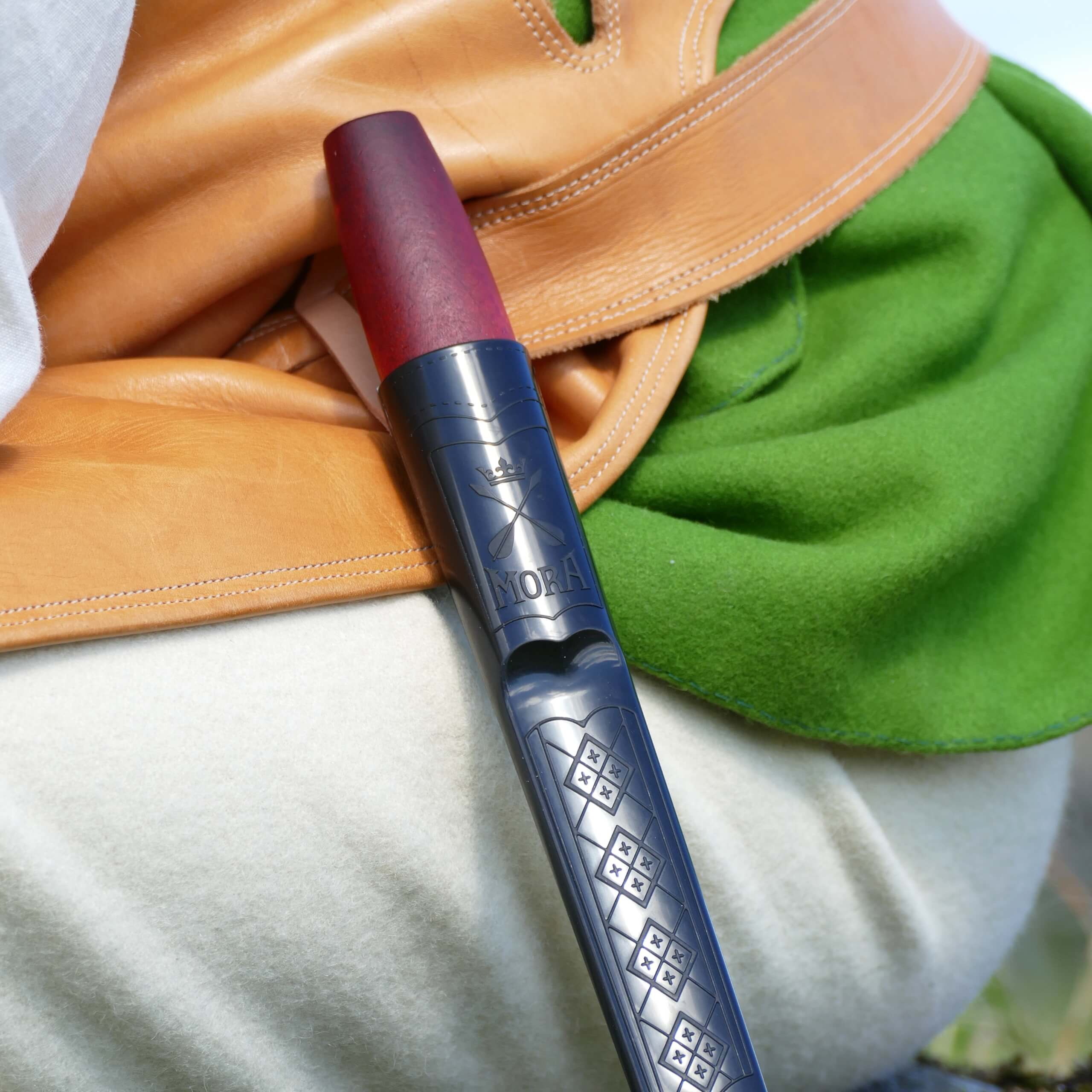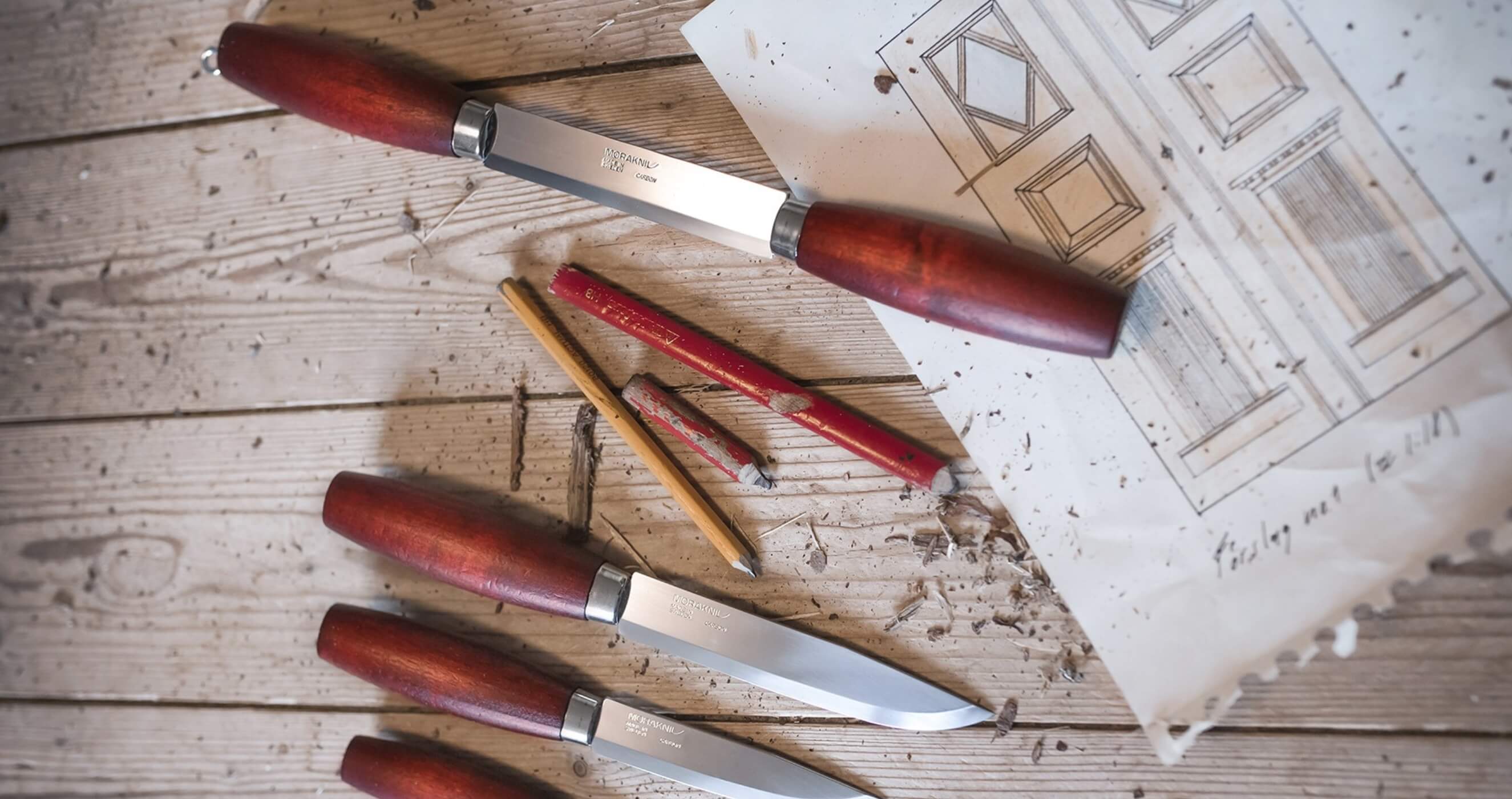For more than 400 years, knife-making has been a natural part of life in Mora and Dalarna, with roots reaching back to the Iron Age. Here, an entire culture of blacksmithing, trade, and craftsmanship took shape – from small farm forges to factories that spread knives around the world. This is the story of how Dalarna, and the village of Östnor in particular, became the hub of Swedish knife history.
